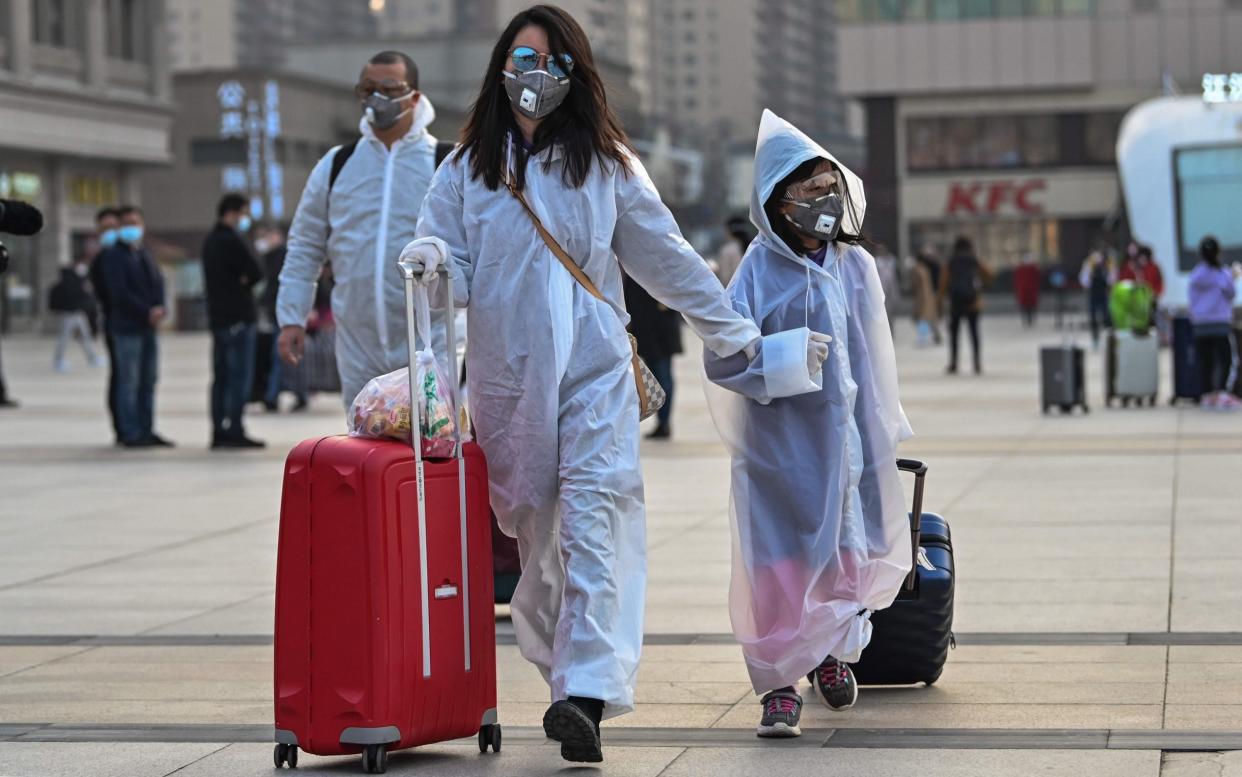Coronavirus can linger in air of crowded or unventilated spaces for hours, study finds


Coronavirus can linger in the air in crowded spaces and rooms that lack ventilation, such as toilets, for hours, according to a new study by scientists who now recommended wearing masks in public.
While the transmission of the virus from direct human contact and through respiratory droplets, such as coughing or sneezing, is clear, the potential for airborne transmission is much less understood.
The World Health Organisation has said the risk is limited to very specific circumstances, pointing to an analysis of more than 75,000 cases in China in which airborne transmission was recorded.
However, a study carried out by scientists from the University of Wuhan and published on Monday in the scientific research journal Nature, suggests the virus can potentially remain in the air in areas with poor ventilation for some time.
The study took samples from 30 sites across Wuhan, China – the city in which coronavirus was first reported – including inside hospitals as well as public areas during the height of its outbreak in February and March.
It found levels of airborne virus particles in the majority of public areas was too low to be detectable except in two areas prone to crowding, including the entrance of a department store.

In open, public areas outside the hospitals, such as residential buildings and supermarkets, the study said the concentrations of Covid-19 "aerosols" were generally low.
Meanwhile, in the hospitals the number of virus particles detected in isolation wards and ventilated patient rooms was very low, but elevated in the patients' toilet areas, which were not ventilated.
"Airborne SARS-CoV-2 may come from either the patient's breath or from the virus-laden aerosol from patient's faeces or urine during use," the study reported.
People produce two types of droplets when they breathe, cough or talk. Larger ones drop to the ground before they evaporate, causing contamination mostly via the objects on which they settle. Smaller ones – those that make up aerosols – can hang in the air for hours.
High concentrations also appeared in rooms without ventilation where medical staff removed their protective equipment, which may suggest that particles contaminating their gear became airborne again when masks, gloves and gowns were taken off.
If the virus is being transmitting in aerosols, it is possible that particles can build up over time in enclosed spaces or be transmitted over greater distances.
The scientists behind the study said it did not seek to establish whether the airborne particles could cause infections. However, Ke Lan, who led the research, said the work demonstrates that "during breathing or talking, SARS-CoV-2 aerosol transmission might occur and impact people both near and far from the source".
As a precaution, the general public should avoid crowds, he wrote, and should also wear masks "to reduce the risk of airborne virus exposure".
He said the findings highlighted the importance of the ventilation and the sterilisation of surfaces, which could be a potential spread source of the virus.

 Yahoo News
Yahoo News 
